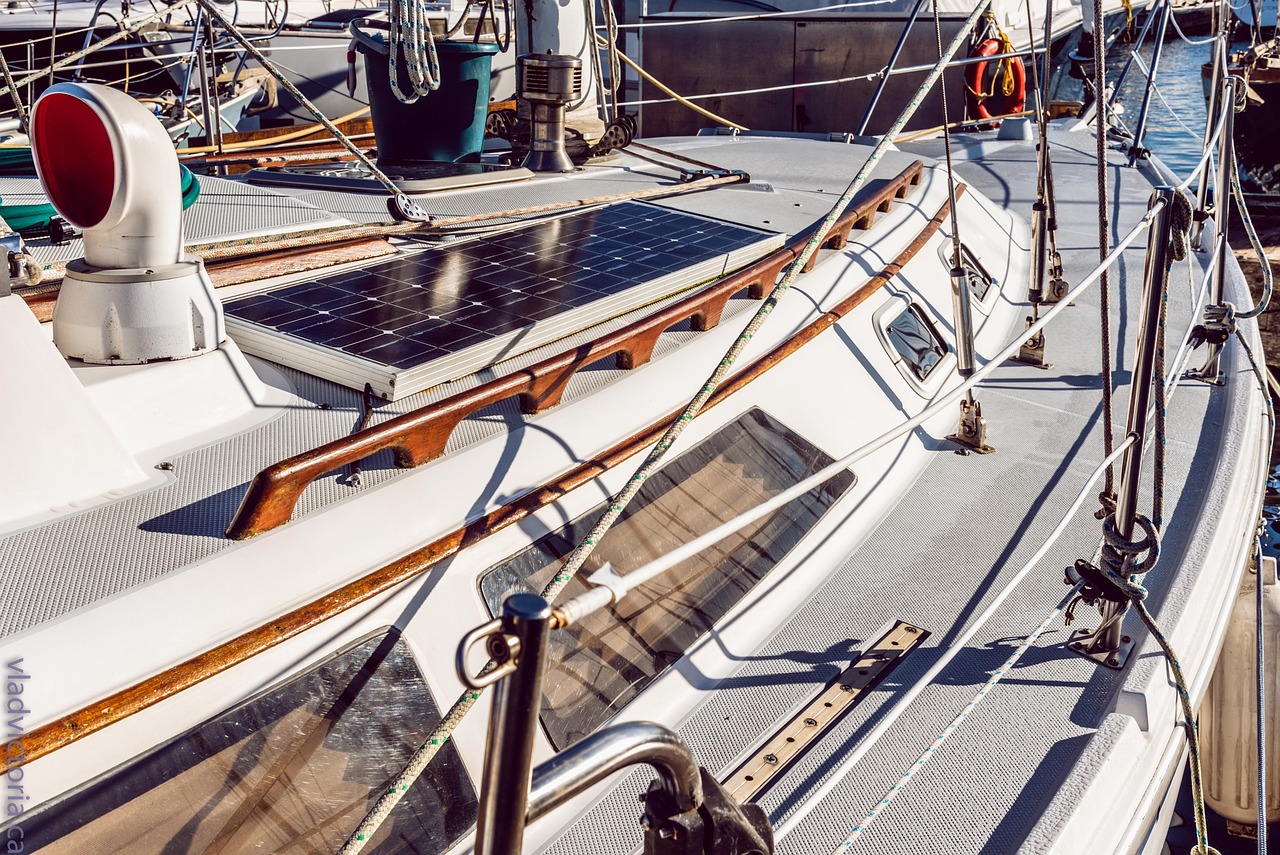
Meeting your energy needs requires adequate charging capacity and an ample battery bank. But, it is also important to reduce energy waste wherever possible.
Modern boats are well equipped with refrigeration, marine electronics, computers, home entertainment systems, and energy-draining devices like electric winches, watermakers, and more. The daily onboard energy bill can easily exceed 100 amp-hours if you are not careful. Meeting your energy needs requires adequate charging capacity and an ample battery bank. But, it is also important to reduce energy waste wherever possible. Here are some essential tips to help you save energy on your boat.
Measure the Power Properly
The first thing you should do is properly measure the power you need. This depends on different factors, such as the boat’s size, the number of devices that consume energy, and the distance you are sailing, short or long distance, coastal or offshore. To calculate the necessary power, you need to know the amps consumed by each device per hour and multiply them by the number of hours you will use them during the day. If the power is in watts, divide them by the voltage to calculate the amps. A quick and efficient way to figure this daily consumption is to use a consumption meter, which will indicate the consumption of each appliance and the stored energy available at any given time.
Check Your Refrigerator
An electric fridge can easily be the largest consumer of electricity on board, accounting for 30 to 60 amp hours a day. A lack of insulation can be a massive problem as the cold air seeps from the box. Luckily, you can use closed-cell foam blocks to fill open gaps in the fridge, so you use less energy. Check the seals around the fridge door and lids to ensure the box is well sealed.
Also, monitor the electrical voltage at the compressor. If it falls below 12 volts, the compressor will lose efficiency and won’t cool the fridge. A solution is to increase the wire gauge and run the wires directly to the compressor through its own circuit breaker.
Change the Lighting
Incandescent lights are standard on most cruising boats; however, these old-fashioned bulbs can be serious energy wasters that rapidly devour the amps in the battery bank. The best solution is to replace these lights with modern bulbs. Switching out your incandescent or halogen lights for LED bulbs is a good place to start. Replacing is as easy as putting a new bulb into the fixture; no rewiring is required. Switching to LED lights can save up to 10 amp hours per day on a small boat and up to double or triple on larger boats.
Marine Electric Systems, LLC is a Leader In the Maritime Industry
We here at Marine Electric Systems have over 30 years of industry experience. You can trust our team for reliable service and expert craftsmanship in the Maryland, Baltimore, Annapolis, and Baltimore city areas! We’re highly certified and adhere to all ABYC and NMEA regulations. We specialize in top-notch electrical solutions for recreational, commercial, and government boating clients. Anything from electrical refits, to navigation systems, or boating maintenance. To stay up to date on our services, follow us on Facebook, LinkedIn, Pinterest, Instagram, and YouTube. You can also contact us at 410-263-0807
